Audi Sport - craftsmanship, hypercars and high-tech
It was a miracle with a method. Audi on a par with Porsche, Maserati or Ferrari? Until 1980, not even experts could believe it, as the Ingolstadt-based company was trying to catch up with the premium top dogs from Munich and Stuttgart with five-cylinder engines. But then came the brutally fast Audi quattro, which first revolutionized the all-wheel drive world and from 1981 also the rally scene.
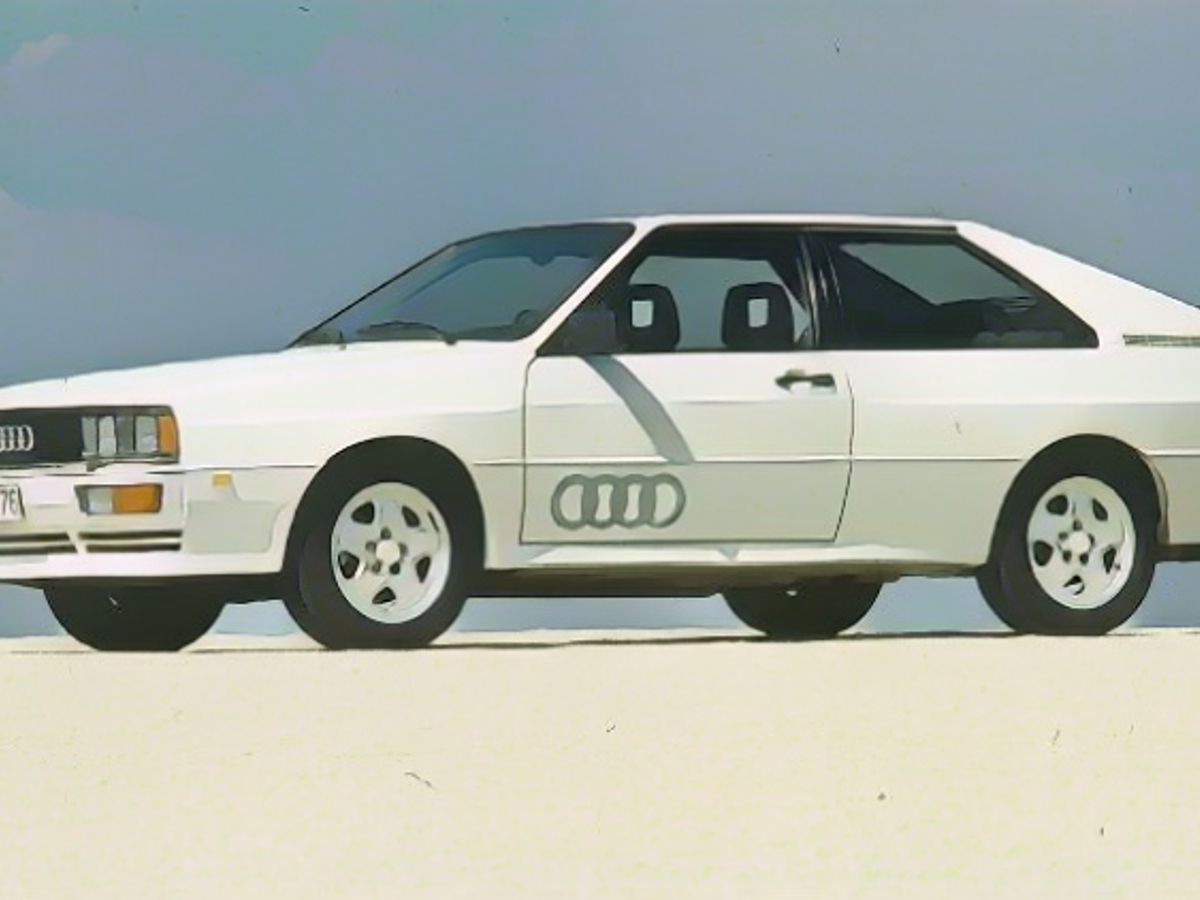
A "miracle car", as motoring journalists called it, which did not remain alone for long. In September 1983, the Audi Sport quattro made its debut, a supercar with breathtaking performance data and, at 195,000 marks, the most expensive German production car. With 225 kW/306 hp, the Sport quattro even outperformed the Porsche 911 Turbo. The sprinting talents (5.1 seconds to 100) of the everyday motorsport beast - designed for rally Group B - outperformed every Porsche, Maserati or Ferrari.
Audi Sport GmbH founded in October 1983
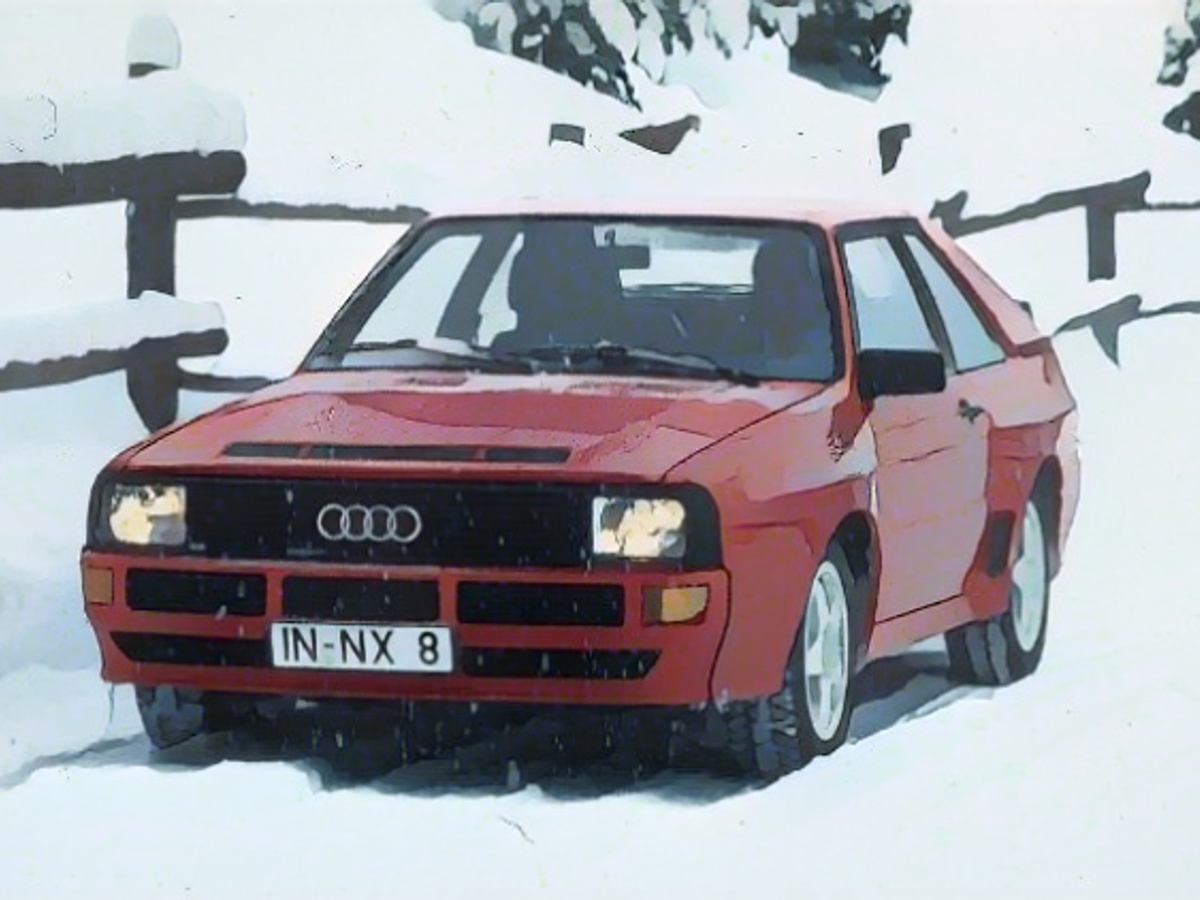
High-tech determined the design of the Audi Sport quattro, which was built under factory conditions, and high-tech and craftsmanship became the mission of Audi Sport GmbH, which was founded in October 1983 and initially operated under the name quattro GmbH. Initially, the new Audi subsidiary presented high-quality accessories, and from 1995 individualized cars such as the Audi Cabrio and A8, before becoming a registered manufacturer in 1996. With RS models built in Neckarsulm and the R8, the brand, which has been operating as Audi Sport GmbH since 2016, launched wolves in Audi's fur, which are considered a reference in the Vmax scene.
Since 2014, the adrenaline-fueled Audi subsidiary has had a high-tech forge in the Böllinger Höfe, part of the Neckarsulm site, which should also earn respect in Maranello or Modena. In addition to the Audi R8 hypercar, the all-electric e-tron GT and RS e-tron GT sports cars are also built there. Assembly had to be expanded from 16 to 36 work cycles in order to integrate the electrically powered models into production at the manufacturing plant.
Sales figures set standards
In fact, it is now primarily the performance subsidiaries of BMW (M GmbH), Mercedes (AMG) and Alfa Romeo (Quadrifoglio) that look to Audi Sport, especially as the sales figures for Audi RS models from the small RS 3 Sportback to the full-fat RS Q8 have set standards in recent years. No competitor has enjoyed greater popularity, with Audi Sport GmbH achieving a sales record of 45,515 vehicles in 2022. Audi Sport now needs four locations to achieve this volume, in addition to the Neckarsulm plant with the Böllinger Höfe, these are Ingolstadt, Győr (Hungary) and Bratislava (Slovakia).

An anniversary always means taking stock and looking to the future - and at Audi Sport, in keeping with the spirit of the times, this looks electric: The Audi RS e-tron GT was the first all-electric RS model, which is to be followed by around ten new Audi Sport models by 2026, either as electric cars or plug-in hybrids. Audi Sport is also responsible for Audi's racing activities, where the brand has been trying to shake up the legendary Dakar Rally with the electrified Audi RS Q e-tron under the distinctive red diamond since 2022. Although this has not been a lasting success so far, it was precisely this mix of exciting motorsport and extremely powerful road vehicles that made the models of the former quattro GmbH so desirable from the very beginning.
Sport quattro as a superlative all-wheel drive vehicle

The big bang came in 1983 with the Sport quattro as a superlative all-wheel-drive vehicle. The basis for this charismatically contoured coupé was provided by a quattro with a shortened wheelbase. The body of the "short one", as the Sport quattro was affectionately called by fans, was made of aramid and glass fiber-reinforced plastic as well as carbon fiber-Kevlar composites and was built by the convertible specialist Baur in Stuttgart. The expensive high-tech materials guaranteed a weight of less than 1000 kilograms, which made it easy for the twin-camshaft engine with four valves per cylinder developed under the legendary Fritz Indra.

Audi clearly surpassed the minimum production run of 200 units required by the rally regulations, even though the Sport quattro cost almost as much as two Porsche 911 Turbo. The Sport quattro achieved victories for eternity under Walter Röhrl, the rally champion was also the first driver to drive the 440 kW/598 hp car up the 4301-meter-high Pikes Peak in 1987 in 10:47 minutes, a mythical track record for front-engined cars to this day.
In 1997, the Audi S6 plus marked the actual entry of today's Audi Sport GmbH into vehicle development. With its 240 kW/326 hp 4.2-liter V8, the S6 plus Avant presented itself as a halo car the likes of which the world of station wagons had never seen before - not even the Avant RS2 had that much power.
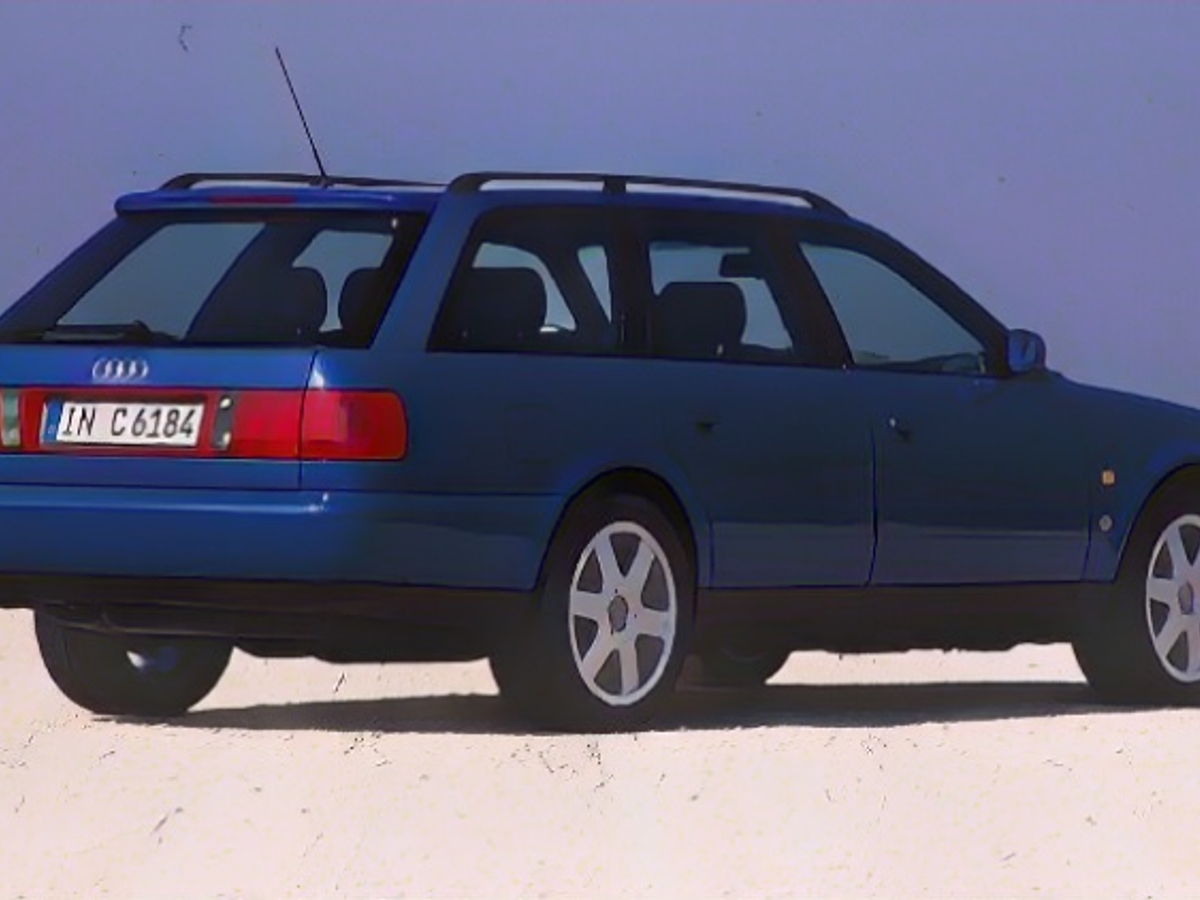
Two years later, the RS4 Avant (B5) followed as the first real RS model of the Audi Sport division: 280 kW/381 hp shot the fast truck up to country road speed in 4.9 seconds, leaving the drivers of the BMW M3 or Ferrari 456M with nothing but the sight of the tail lights. Instead of the planned 3000 units, over 6000 Audi RS4 Avant were sold - and high-performance station wagons remain a specialty at Audi Sport to this day.
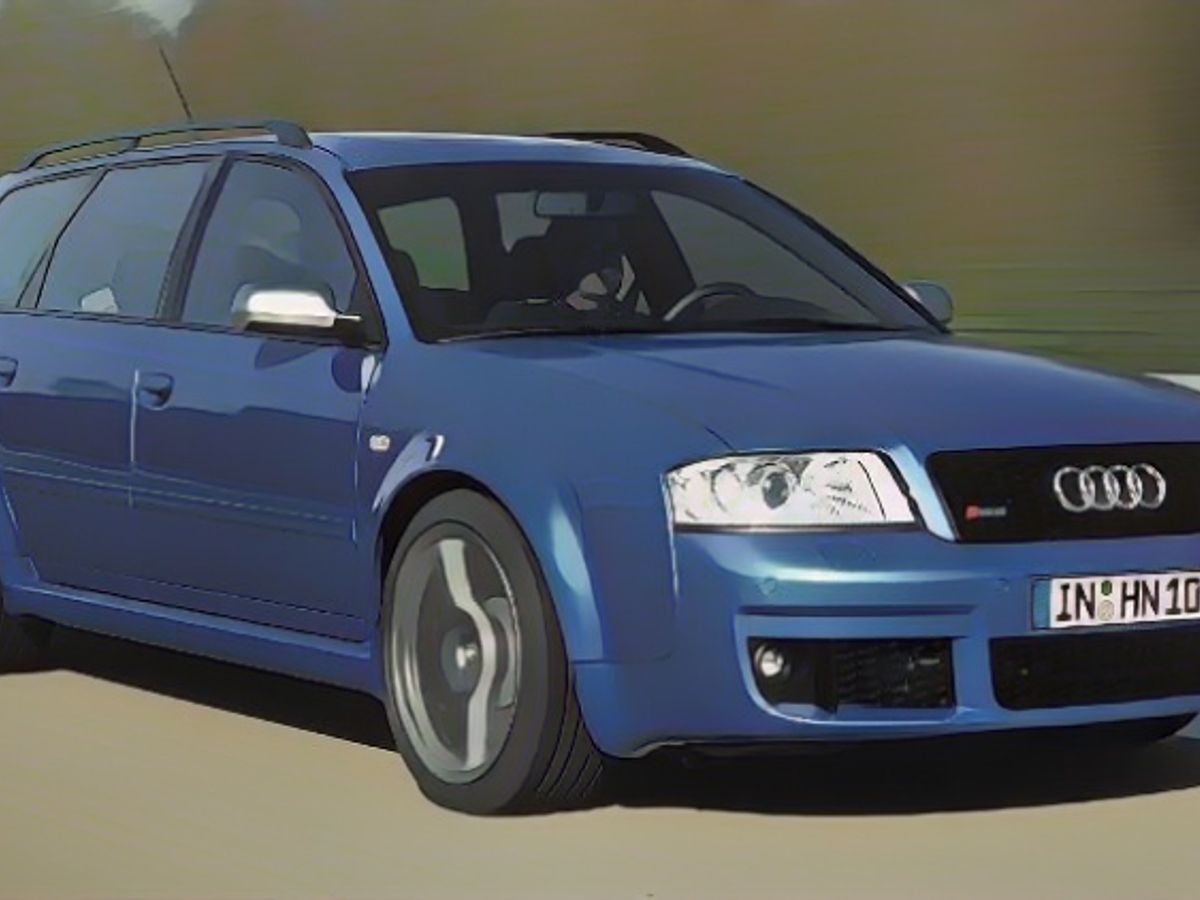
2002 saw the debut of the first RS 6 (now with a space in the type code). In 2004, the RS 6 Avant plus (C5) reached a new performance peak with 356 kW/480 hp, but above all a top speed of 280 km/h and thus the unofficial title of "fastest estate car in the world". In 2010, the plus sport version of the C6 generation surpassed these figures with 426 kW/580 hp and 303 km/h. With the C7 generation, "plus" became "performance" in 2016, with the Audi RS 6 Avant and RS 7 Sportback delivering 445 kW/605 hp. Today, the C8 generation adds a final V8 combustion exclamation mark with 463 kW/630 hp in the RS 6.
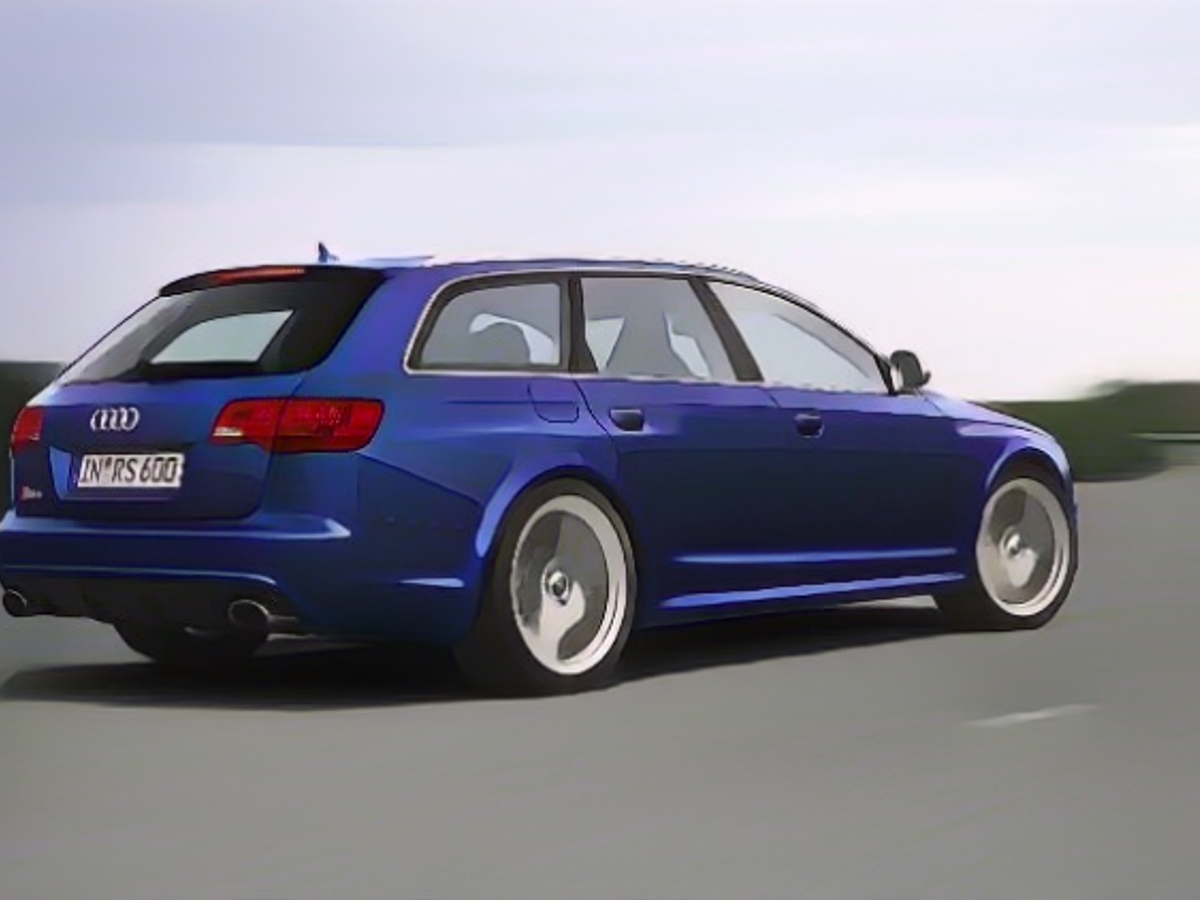
V10 power in mid-engine design, on the other hand, characterizes the Audi R8 hypercar, which has been built in two generations since 2006. Whether as a Coupé or Spyder, this racer, which is now racing towards the sunset, quickly achieved cult status and is also successful in customer sports programs. The RS 5 Coupé, on the other hand, set DTM records and is still one of the most successful cars in this touring car series. So there are many reasons to celebrate for the Audi Sport brand, which is already recharging its batteries for its 50th anniversary.
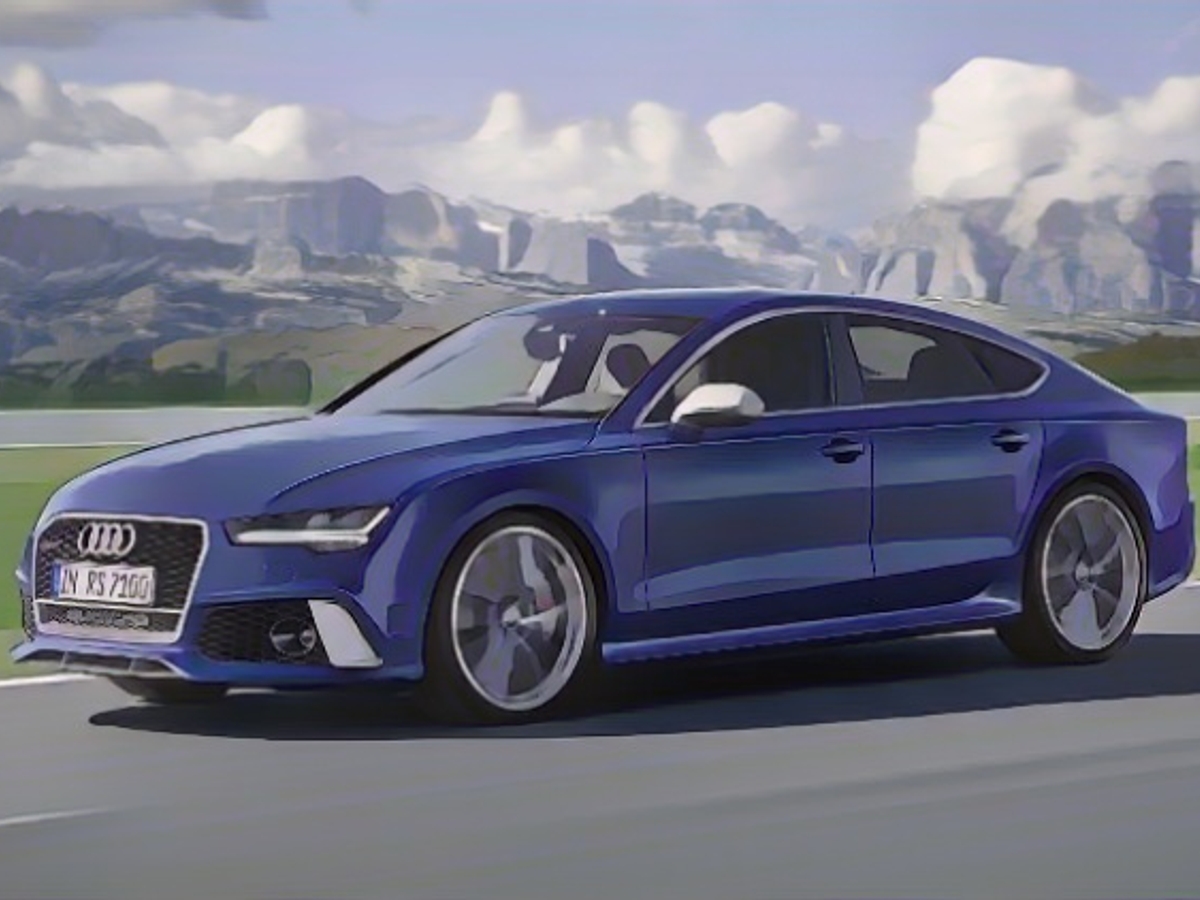
Christoph Pichura from the rating organization Classic Analytics explains the iconic image that still characterizes the Audi Sport quattro today: "The rule has always been: it's better not to mess with a Sport quattro! Behind the wheel is usually someone who can do at least as much as his car and who doesn't care at all that its unfavorable proportions don't cut a good figure in front of the street café. Hard to imagine: Until the end of the 1980s, brand-new, unsaleable Sport Quattros were still on display at Audi dealerships and were then sold off at huge discounts. Today, it is the most expensive Audi classic and costs at least 400,000 euros in good condition."
Chronicle of Audi Sport
1979: Audi registers the quattro brand. The term quattro (Italian for "four") stands for the drive of an automobile via all four wheels
1980: Audi presents the quattro sports coupé, its first model with permanent all-wheel drive and the ancestor of all Audi RS models
1981: One day before the start of the Monte Carlo Rally, at which the Audi quattro makes its motorsport debut, Audi registers the distinctive red rhombus of the Audi Sport brand with the Patent and Trademark Office. Initially, the colors red, grey and mahogany brown identify the triple-striped diamond; since the 2004 season, Audi has used the red diamond with the lettering Audi Sport
1983: The Audi Sport quattro is presented at the IAA in Frankfurt in September; with 225 kW/305 hp, it is the most powerful German production sports car at the time. Audi Sport GmbH is founded in Neckarsulm in October, initially under the name quattro GmbH. However, quattro GmbH is a wholly-owned subsidiary of Audi
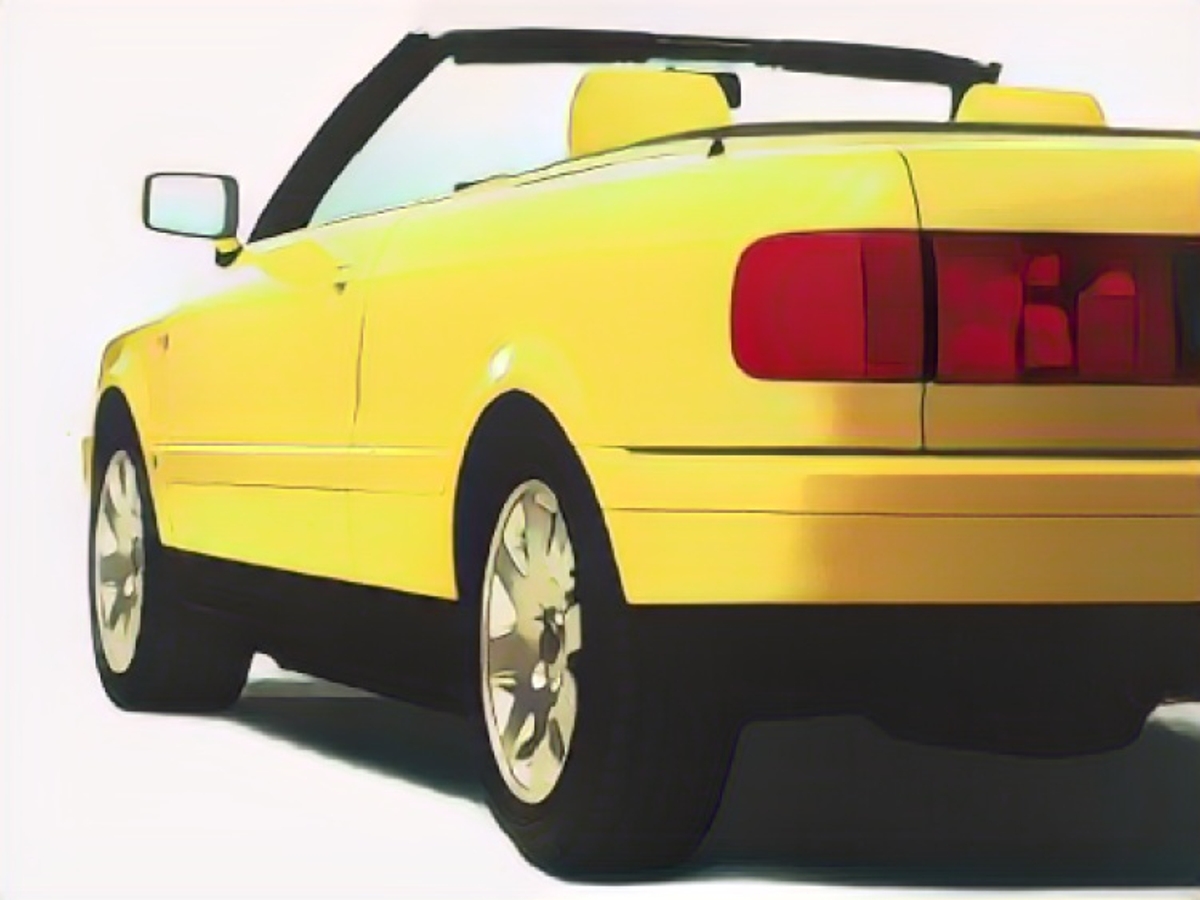
1984: From February, the small series of 214 Audi Sport quattro cars is built; the bodywork is produced by bodywork specialist Baur in Stuttgart. quattro GmbH offers its first collection of travel accessories. This is subsequently expanded to include exclusive watches and a range for women called "Lady quattro". To this day, the design and sale of accessories remains one of the company's mainstays. In 1995, a second field is added with an individual program, known today as "Audi exclusive". The first cars to be customized were Audi A8s and convertibles. The third pillar is created in 1996 with the registration as an independent car manufacturer. A fourth business segment is opened in 2011 with motorsport from Audi Sport customer racing
1996: quattro GmbH is registered as an independent vehicle manufacturer

1997: The Audi S6 plus with 240 kW/326 hp is presented as the first high-performance model
1999: quattro GmbH presents the first independently developed RS model, the Audi RS4 Avant (B5) with a 280 kW/381 hp 2.7-liter biturbo V6 engine as one of the world's first high-performance station wagons. A total of 6043 RS4 (B5) are delivered. quattro GmbH relocates its headquarters from Ingolstadt to Neckarsulm. This year, quattro technology with electro-hydraulically controlled multi-plate clutch enters the compact segment with transverse-mounted engines.
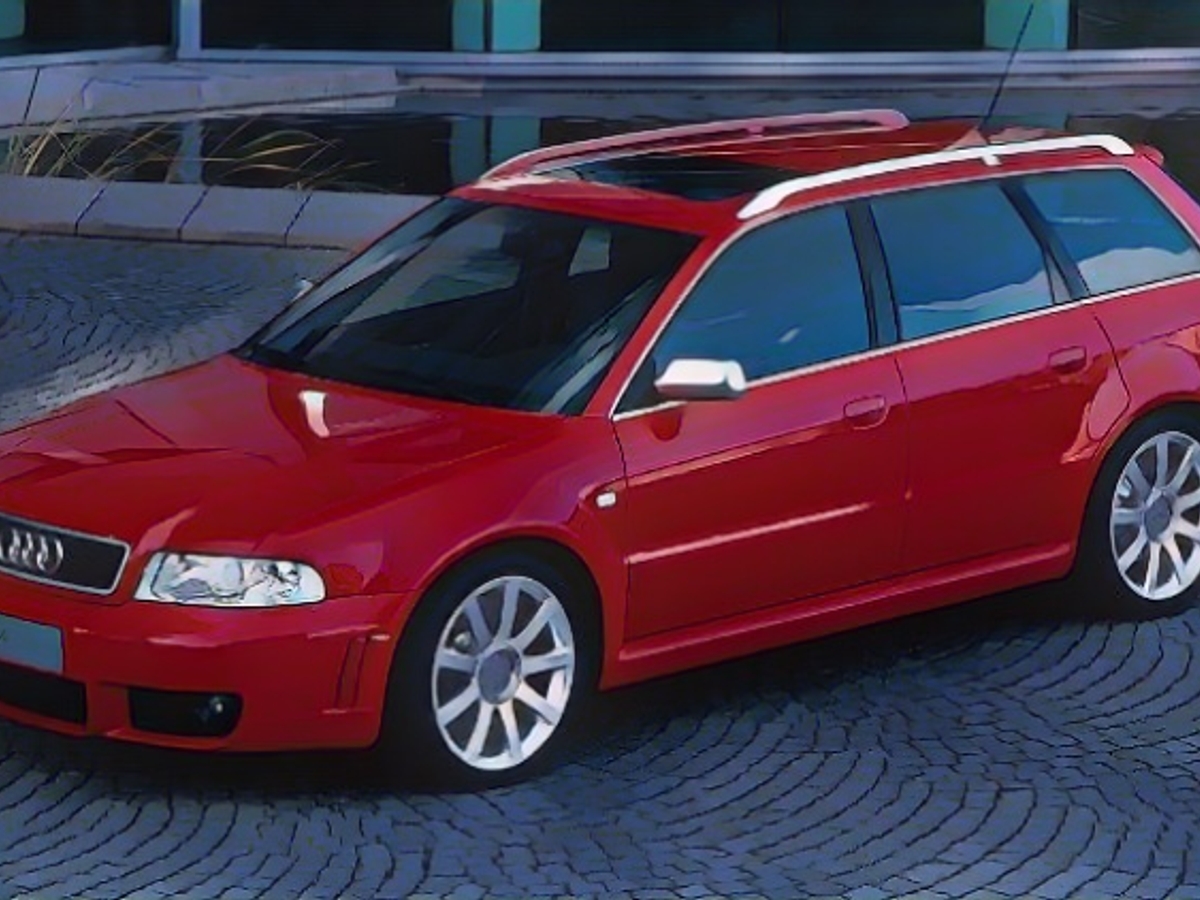
The next step in 2005 is the center differential with the asymmetric-dynamic basic distribution of 40 to 60 between the front and rear axles. With the appearance of the first Audi R8, a viscous coupling on the front axle made its debut in 2007, followed the following year by the sports differential on the rear axle. In 2016, the quattro with ultra technology optimized for efficiency is added to the portfolio, and in 2019 Audi launches electric all-wheel drive in the e-tron

2002: The Audi RS 6 debuts as a saloon and Avant with a V8 biturbo engine and 450 hp, which is exactly the same output as in the ABT team's DTM Audi, in which Laurent Aïello wins the title in 2002. The second RS-6 generation from 2008 onwards has a V10 biturbo engine with 426 kW/580 hp, and from 2010 onwards also with a relaxed cut-off for 303 km/h. The third generation is equipped with a 412 kW/560 hp V8 biturbo from 2013.
Audi has been supplying the fourth generation of the RS 6 Avant with a 4.0-liter V8 biturbo engine (441 kW/600 hp or 463 kW/630 hp) since 2019. Unlike its three predecessors, the fourth generation does not wear everyday garb, but is recognizable as a power station wagon at first glance. This RS model only shares the front doors, the roof and the tailgate with the A6 Avant base vehicle. This fourth edition of the Audi RS 6 is also the first to be offered as an Avant in the USA
2005: Opening of the Audi Forum in Neckarsulm as an exhibition and visitor center offering guided tours of Audi automobile production. In the Audi exclusive studio, customers can obtain advice on refinement and individualization of their model
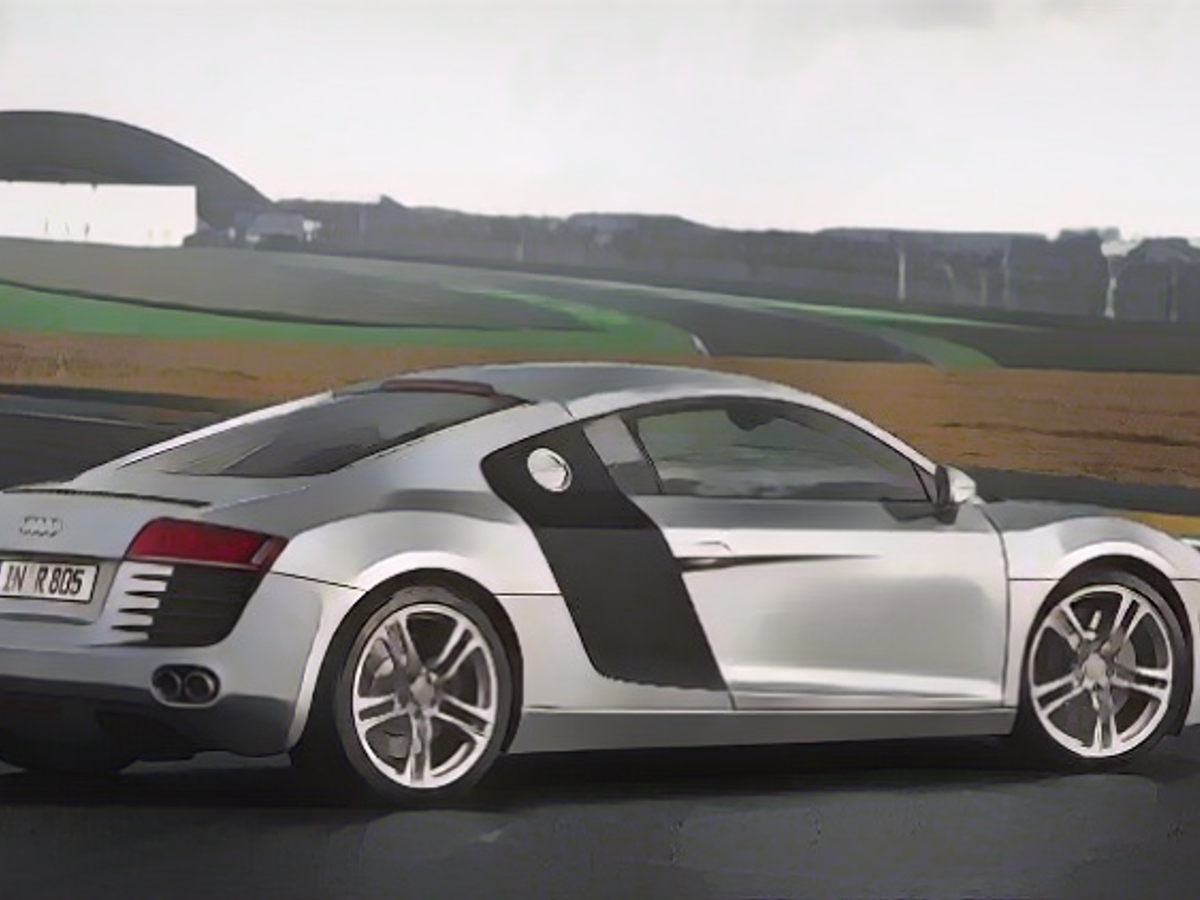
2006: The Audi RS 4 with folding fabric top is the first convertible with the RS badge. A total of three variants of this second RS 4 generation are released: the saloon, Avant and Cabriolet, all with a high-revving V8 engine with a displacement of 4.2 liters and an output of 309 kW/420 hp. The Audi R8, also new, with its mid-engine concept is the first high-performance sports car from Audi. At the same time, it is the first completely in-house development by quattro GmbH
2009: The Audi TT RS is new as a coupé and roadster with a 2.5-liter five-cylinder engine and 250 kW/340 hp output. After Audi had already produced five-cylinder engines from 1976 to 1997, quattro GmbH now introduces a five-cylinder engine in the Audi TT RS, which is positioned transversely in the front end of the compact coupé. The five-cylinder turbo engine is named "International Engine of the Year" by a jury nine times in a row. The engine is also used in several generations of the RS 3 and RS Q3. Since this year, the Audi Sport Customer Racing program has given customers the opportunity to take part in racing with specially developed Audi models. What began with the first generation of the Audi R8 LMS GT3 sports car is now a model range of four racing cars, starting with the Audi RS 3 LMS TCR touring car and including the GT2, GT3 and GT4 variants of the Audi R8 LMS. More than 400 title successes around the globe, 17 victories in 24-hour races and several hundred race cars sold today stand for the track record of success
2011: The Audi RS 3 Sportback is launched with a 2.5-liter five-cylinder turbo engine that delivers 250 kW/340 hp. Today, the RS 3 Sportback is in its third generation, the RS 3 Sedan in its second. With the Audi RS 3 LMS, Audi has developed a racing touring car based on the saloon, which has won 30 drivers' titles in TCR categories to date
2012: Audi Sport customer racing's motorsport successes include six overall victories at the Nürburgring 24 Hours. This makes Audi the most successful brand at the endurance classic between 2012 and 2022 and holds the distance record there from 2014 to 2022. The brand also repeatedly underlines its expertise with "used cars" of the R8 LMS: the last winner in 2022 has a total of 15 race and test appearances and 35,774 competition kilometers, including the last 4,035 kilometers on its way to victory
2014: Opening of the production facility at the Böllinger Höfe site in Neckarsulm. With the Audi R8 sports car and the all-electric e-tron GT and RS e-tron GT models, different vehicle concepts will later be produced there in one plant

2015: The second generation of the Audi R8 is launched as a Coupé and Spyder with a 5.2-liter high-revving V10 and up to 456 kW/620 hp. With editions such as the Decennium models celebrating ten years of the V10 engine, the rear-wheel drive RWS and the R8 GT6, Audi makes the hearts of many enthusiasts beat faster. For racing, the Audi Sport customer racing department supplies the R8 LMS specified for the GT2, GT3 and GT4 categories
2016: quattro GmbH is renamed Audi Sport GmbH in November
2019: Audi Sport GmbH launches its largest RS model initiative to date within a year, offering the largest product portfolio of all time. The sporty subsidiary of Audi AG presents seven new versions of its range of twelve models alone: the TT RS as a coupé and roadster, the RS 6 Avant, the RS 7 Sportback, the RS Q3 and the RS Q3 Sportback as well as the RS Q8. There are also updates for the RS 4 Avant, the RS 5 Coupé and the RS 5 Sportback. This offensive is based on the new model strategy developed by Audi Sport GmbH since 2014, according to which the RS vehicles designed and realized by the company are launched on the market relatively soon after the new launch of the respective base models and no longer in the last third of their program periods. The Class 1 version of the Audi RS 5 Coupé used in 2019 and 2020 is one of the most successful cars in the DTM touring car racing series. In these two years, Audi won a total of 28 out of 36 races, clinched 95 out of 108 possible podium finishes, 29 pole positions, 28 fastest race laps plus all six championship titles in the drivers', manufacturers' and teams' classifications. The Audi RS 5 DTM holds the absolute track record for Class 1 racing cars at all eleven circuits on the 2019 and 2020 DTM racing calendar. In 2020, the Audi RS 5 DTM led a total of 601 out of 649 laps and set a 25-year-old DTM record with 16 wins this season. The 449 kW/610 hp four-cylinder turbo is the most powerful and efficient engine in the DTM history of the four rings
2020: The series production business, vehicle customization, Audi exclusive and the racing activities of Audi Motorsport are brought together under the umbrella of Audi Sport GmbH. Start of production of the all-electric Audi e-tron GT in Neckarsulm, and the establishment of a competence center for high-voltage batteries begins in 2021
2022: The Audi S1 e-tron quattro Hoonitron all-wheel drive prototype is an electrically powered reinterpretation of the original Quattro from the early 1980s. After 2021, Audi Sport GmbH achieves a new sales record of 45,515 vehicles this year
2023: Audi Sport GmbH models roll off the production line at four locations. In Germany, these are the Neckarsulm plant including the associated Böllinger Höfe in neighboring Heilbronn and Ingolstadt. There is also production in Győr (Hungary) and Bratislava (Slovakia). Audi Sport is celebrating its 40th anniversary with activities such as events at the Audi Forum Neckarsulm, but also with the Audi RS e-tron GT ice race edition. The special model, limited to 99 units, has an exclusive exterior and interior. The Audi RS e-tron GT is the first fully electric RS model. Audi Sport GmbH plans to present a total of around ten fully and partially electric Audi Sport models by 2026. By the end of the decade, the portfolio is to consist entirely of battery electric (BEV) and partially electric (PHEV) models. Audi Sport GmbH will also continue to be responsible for Audi factory motorsport
The Audi Sport quattro, a superlative all-wheel drive vehicle, was introduced in 1983. This charismatically contoured coupé, built under factory conditions, was a testament to Audi's high-tech and craftsmanship, embodying the mission of Audi Sport GmbH, which was founded during the same year.
In the spirit of Audi's adrenaline-fueled subsidiary, the brand has been launching electric performance cars. The Audi RS e-tron GT, the first all-electric RS model, was introduced, followed by around ten new Audi Sport models planned to be released by 2026 as either electric cars or plug-in hybrids.
Source: www.ntv.de








